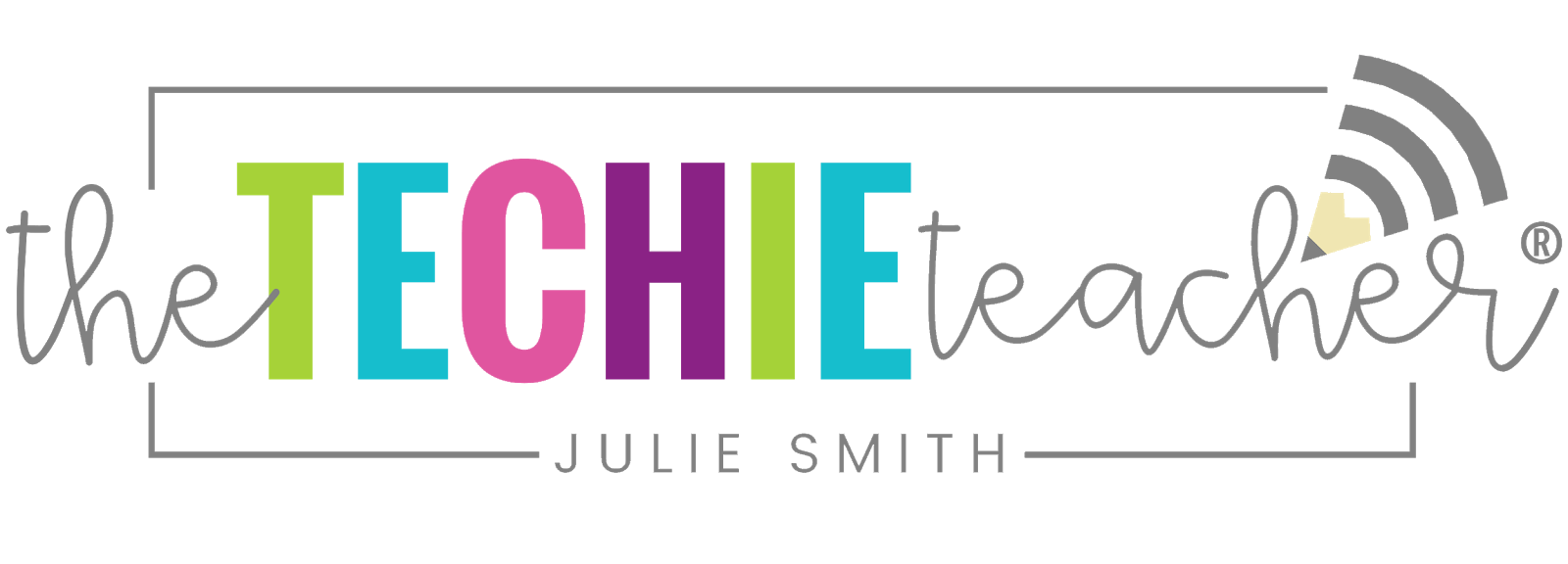This is a sponsored post by Metaverse. All opinions are my own.
Last April I wrote the blog post Augmented Reality in the Elementary Classroom. In that post I mentioned how educators could "start small" with augmented reality and easily integrate AR experiences into their classroom. I have always been interested in learning more about how to create my own AR experiences and get students creating as well. When the folks at Metaverse reached out for a call, I quickly jumped on the opportunity!
First Impression
I have always heard wonderful things about Metaverse but never took the time to dive into learning about all of the features. I looked on YouTube for some tutorials but never pursued further use for some reason. After my video chat with Jonathan at Metaverse, I couldn't believe I had never tried making my own Metaverse experience. Immediately I was blown away with how easy it is to create your own! They have also added some BRAND NEW features that I will mention later in this post.
Metaverse in the Classroom
Teachers and students are augmenting all kinds of learning experiences with Metaverse. Some of those include:
- Escape Rooms/Breakouts
- Presentations
- Choose Your Own Adventure Stories
- Science Fair Projects
- Scavenger Hunts
- Book Reports
- Field Trips
- Quizzes
- Games
You can learn more about these kinds of experiences and see examples by visiting THIS post on the Metaverse website.
How Does It Work?
The augmented reality experience is carried out through the camera on a mobile device and within the iOS app or Android app (both FREE). Students can either click a link that is generated or scan a QR code that will open within the app to launch an AR experience. Each experience that is created in the Metaverse Studio will automatically produce a link and QR code for the creator to provide to users. When the user scans the QR code, they will be taken directly to the experience that opens up in the Metaverse app.
You can find all sorts of wonderful video tutorials on their YouTube channel that can be accessed HERE.
Activities
There are many activities already created by other educators that you can choose to use just by conducting a search in Metaverse Studio. I suggest testing them out first. Go through the entire experience yourself before giving students access to make sure it is exactly what you need. You can find an entire spreadsheet of educational Breakouts created by educators HERE.Creating My Own Experience
For my first creation I wanted to start small and create something for a third grader I tutor. He has been learning about the states of matter and and their changing states in science. I ended up creating a very basic experience in Metaverse Studio. The storyboard will allow you to build from left to right or top to bottom.
I LOVE how I could upload one of my Emoji Me Animated gifs to be a character. As soon as I discovered that was even an option, I was hooked😋. You can't see the entire experience above but if I were to scroll to the right more "scenes" would pop up. I really had to think logically about the sequence and path students would navigate. At one point I hit a snag and couldn't figure out what I needed to do next. It was around 5:30 pm so I clicked the little blue and white icon in the lower left hand corner and typed my question. I was pleasantly surprised to find it wasn't a chatbot that responded! Within 3 minutes, Luis got back to me and was super helpful. A+ for customer service, Metaverse!
So what do you think about Metaverse? Have you tried it or do you plan on trying it? Let us know in the comments below!
Student Creation
Educators around the world aren't just having their students walk through these AR experiences, they are having students CREATE their own experiences. WOO HOO! Students can access Metaverse Studio to begin creating using a Chromebook, laptop or computer. This would make a great introduction to computer programming.
New Features💫
Metaverse recently added a new feature called Collections. Collections are a way for teachers to group their students' experiences in one place, view how an experience was made and make edits to students' work. Here is a quick video demo created by Metaverse:
Creating collections is a paid addition; however, anyone can submit Experiences to Collections for free. It is $7 a month or $64 a year ($20 savings). You can get a FREE month trial if you use the code: ARforEDU
So what do you think about Metaverse? Have you tried it or do you plan on trying it? Let us know in the comments below!




